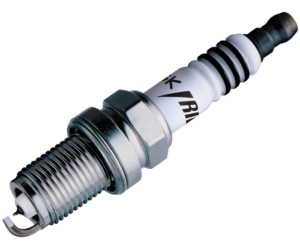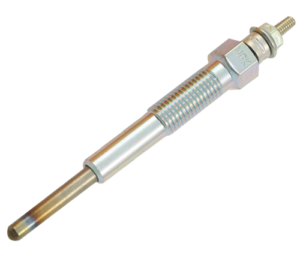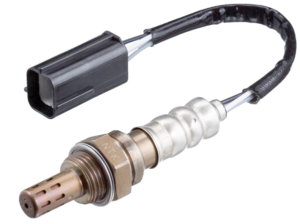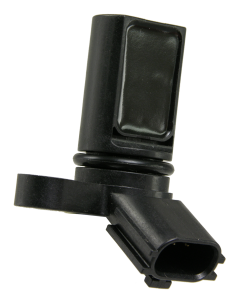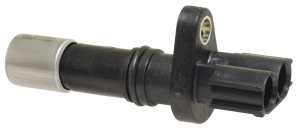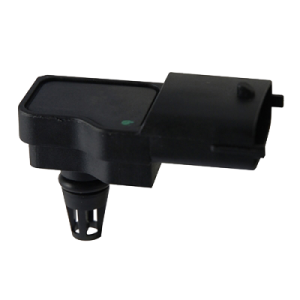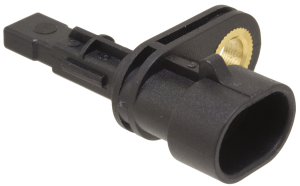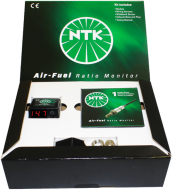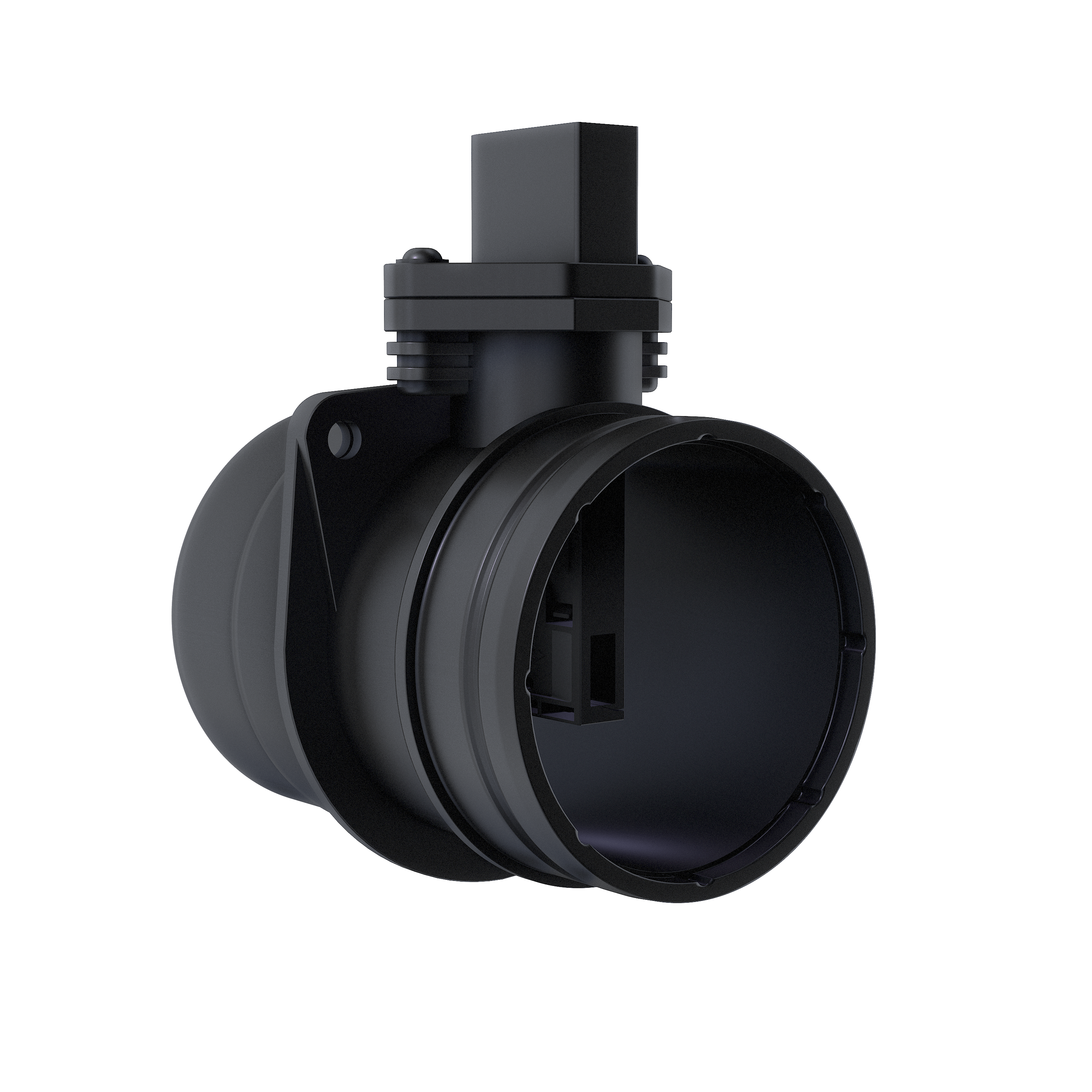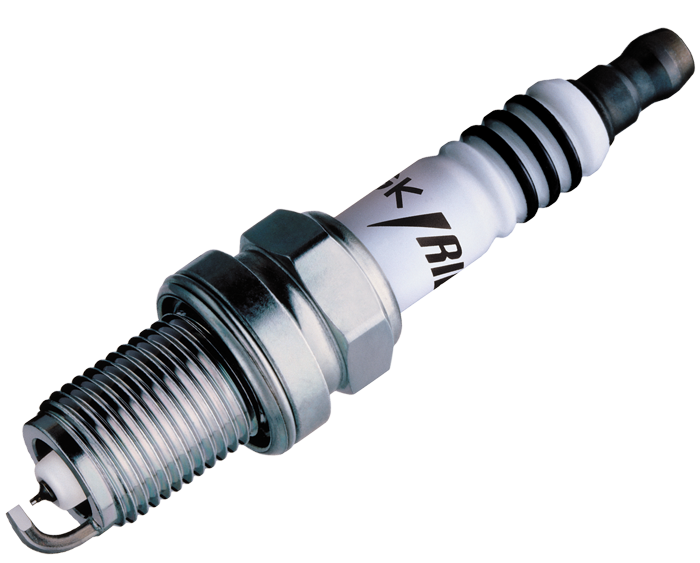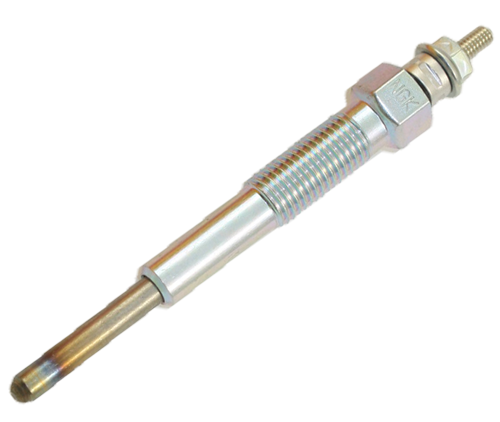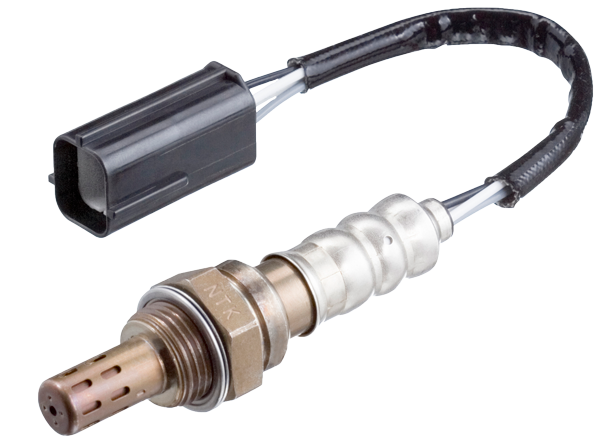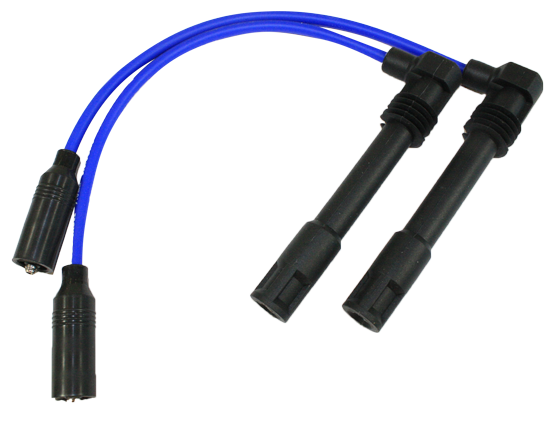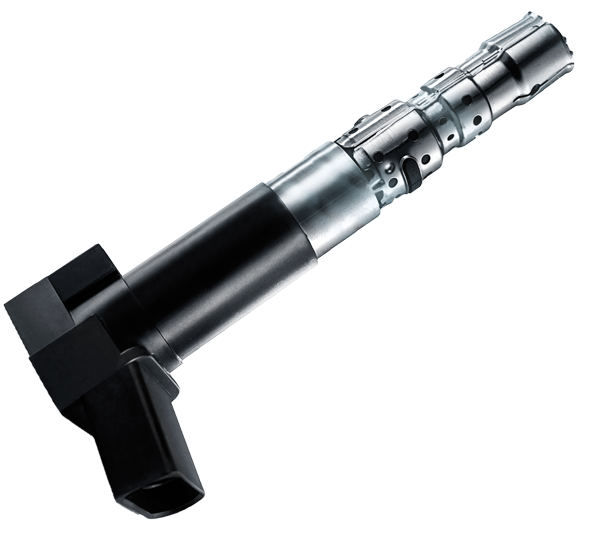Modified and Performance Engines
It is critical to note that once an ENGINE IS MODIFIED, THE RECOMMENDED SPARK PLUG listed in the NGK Spark Plug catalogue for that application MAY NO LONGER BE SUITABLE.
When an engine is designed by a vehicle manufacturer, thousands of hours of testing and design are dedicated to ensure that each engine component will operate to satisfaction across a variety of engine and environmental conditions. Any engine modification in effect alters the engine characteristics and as such, it is the end users responsibility to ensure that every engine component that may be affected, is considered and redesigned if necessary.
(Once an engine is modified the engine’s characteristics are changed and as such each engine component affected by the modification needs to be considered and appropriately re-engineered.)
Example If a V8 engine was fitted to a 4 Cyl. application, the transmission would most likely fail due to the higher power output of the V8. In this instance it would be unreasonable to blame the transmission manufacturer claiming the transmission was at fault. Similarly, if an engine is modified, the spark plug needs to be appropriately changed as the standard spark plug may no longer be suitable due to the different characteristics of the engine.
The two major factors that need to be considered when an engine is modified:
- Heat range
- Electrode gap
HEAT RANGE
The most critical factor for a spark plug that needs to be considered when an engine is modified is HEAT RANGE. Spark plugs are designed to operate in a temperature range of 450 – 870°C, when an engine is modified (generally to produce more power which produces more heat) in turn the engine and subsequent spark plug temperatures increase. Depending on the modification will depend on the change in temperature profile.
It is not possible for NGK to provide a recommendation for a modified engine. For NGK to make a recommendation, the spark plug needs to be tested and certified for that engine. The list for modifications and variations is endless and as such making a recommendation is not possible. NGK will happily suggest a spark plug however due to the infinite options for modification, the onus is on the customer to test and ensure that each engine component is suitable based on the specific modifications performed.
Example Take two identical vehicles for example a Ford 4.0L I6 Falcon. One customer may modify the engine with a turbocharger and exhaust, whilst a second customer may use a bigger turbocharger and different exhaust, on paper the engines have similar modification however the engine characteristics may differ greatly. Quantifying the extent is very difficult without performing extensive testing. As such it is the end users responsibility to perform some testing.
CHOOSING A PLUG
When selecting a spark plug for a modified engine it may be difficult to initially gauge the heat range. A very expensive heat range test can be performed however a more viable option is to start with a colder heat range spark plug and perform some testing. As mentioned a spark plug operates in the range temperature 450 – 870°C, at 450°C carbon deposits being to burn off and if a plug may have a very black insulator nose at a lower temperature. At 870°C a spark plug will have a very white insulator nose which will blister if this temperature is exceeded and the ground electrode will melt.
Example Take a Holden engine which as standard uses a BPR 5ES spark plug. (The heat range for this spark plug is 5, please refer to our part number identification for further information) If a customer were to install a turbocharger, intercooler and exhaust system to this vehicle, it would be suggested to start with a spark plug with a 7 heat range (BPR7ES) to be on the safe side. The customer would then need to perform some road testing,
- firstly applying half throttle
- then inspecting the plugs,
- ¾ throttle then again inspecting the plugs
- and eventually full throttle.
At any stage of inspection if the plugs upon removal are very clean and white along the insulator nose this would indicate that the spark plugs are reaching their upper temperature threshold and as such obviously may not withstanding the temperature at full throttle. Fouling a set of spark plugs is very cheap compared to the cost of the engine modifications performed and insignificant compared to the amount of research and design that goes into producing the engine by a vehicle manufacturer.
Using “racing” spark plugs
Be cautious! In reality, most “racing” spark plugs are just colder heat ranges of the street versions of the spark plug. They don’t provide any more voltage to the spark plug tip! Their internal construction is no different (in NGK’s case, as all of our spark plugs must conform to the same level of quality controls) than most standard spark plugs.
NGK as a company tries to stay clear of saying that a racing spark plug (or ANY spark plug) will give you large gains in horsepower. While certain spark plugs are better suited to certain applications (and we’re happy to counsel you in the right direction) we try to tell people that are looking to “screw in” some cheap horsepower that, in most cases, spark plugs are not the answer.
To be blunt, when experienced tuners build race motors, they select their spark plugs for different reasons: to remove heat more efficiently, provide sufficient spark to completely light all the air/fuel mixture, to survive the added stresses placed upon a high performance engine’s spark plugs, and to achieve optimum piston-to-plug clearance.
Some of these “specialised racing plugs” are made with precious metal alloy centre/ground electrodes or fine wire tips or retracted-nose insulators. Again, these features do not necessarily mean that the spark plug will allow the engine to make more power, but these features are what allow the spark plug to survive in these tortuous conditions. Most racers know screwing in a new set of spark plugs will not magically “unlock” hidden horsepower.
Many of the more popular aftermarket ignition systems are of the capacitive discharge type. They store voltage, or accumulate it, until a point at which a trigger signal allows release of this more powerful spark. Companies like Mallory, MSD, Crane and Accel, to name a few, offer such systems.
They affect spark plugs in that they allow the gaps to be opened up to take advantage of the increased capacity. The theory is that the larger and the more intense the spark you are able to present to the air/fuel mixture, the more likely you will be to burn more fuel, and hence the more power you will make.
We encourage the use of such systems, but only on modified or older non-computer controlled vehicles.
In reality, computer controlled vehicles do such a good job of lighting off the air/fuel mixture (as evidenced by the ultra-low emissions), added ignition capacity would do little to burn more fuel since the stock configuration is doing such a good job. Older non-computer controlled vehicles or those that have been modified with higher compression or boosted (nitrous, turbo, supercharged) engines can certainly take advantage of a more powerful ignition system.
With modified engines (those engines that have increased their compression) more heat is a by-product of the added power that normally comes with increased compression. In short, select one heat range colder for every 75-100 hp you add, or when you significantly raise compression. Also remember to retard the timing a little and to increase fuel enrichment and octane. These tips are critical when adding forced induction (turbos, superchargers or nitrous kits), and failure to address ALL of these areas will virtually guarantee engine damage.
An engine that has poor oil control can sometimes mask the symptom temporarily by running a slightly hotter spark plug. While this is a “band-aid” approach, it is one of the only examples of when and why one would select a hotter spark plug.





